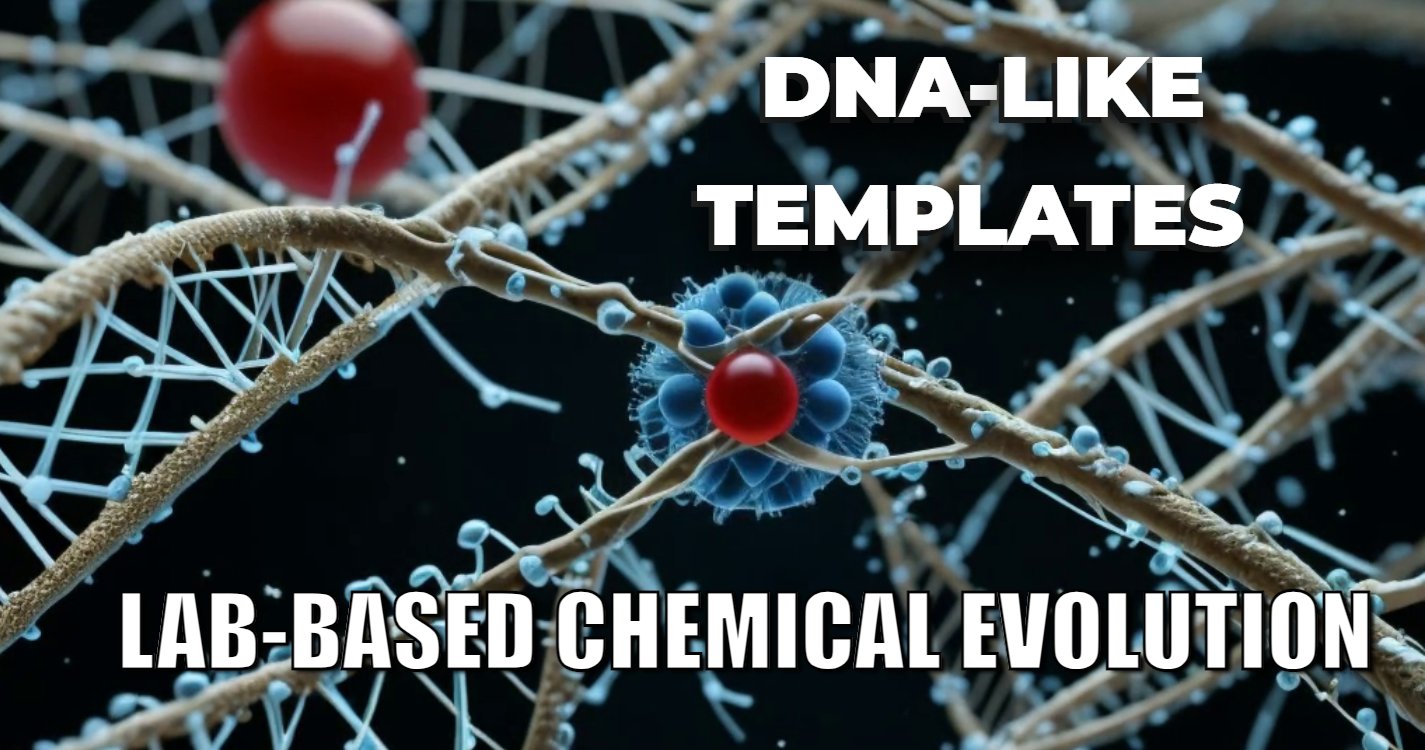🔍 Hydrogen as a sustainable energy carrier has gained attention due to its high energy density and clean energy index. Biomass-derived sorbitol has been explored as a potential feedstock for hydrogen production. Researchers have developed catalyst systems based on metal-ligand cooperation and acceptorless dehydrogenation to facilitate hydrogen production from sorbitol. A flexible catalyst system with bis(2-hydroxypyridine) moieties has shown promising results in the dehydrogenation of sorbitol, achieving high hydrogen yields under optimized conditions.
Facts
- 💡 Hydrogen is a promising energy carrier due to its high energy density and clean energy index.
- 💡 Sorbitol, a biomass-derived substrate, has potential as a feedstock for hydrogen production.
- 💡 Transitioning to a cleaner green hydrogen economy is driven by energy security, environmental concerns, and economic factors.
- 💡 Catalyst systems utilizing metal-ligand cooperation and acceptorless dehydrogenation have been developed for hydrogen production from sorbitol.
- 💡 Heterogeneous catalysts such as Pt/Al2O3 have shown adaptability in aqueous-phase reforming of sorbitol, but challenges remain.
- 💡 Active homogeneous catalyst systems, including Ru-MACHO complex and Ir-NHC catalysts, have been developed for hydrogen generation from sorbitol.
- 💡 The use of ligand systems functionalized with bis(2-hydroxypyridine) moieties has shown potential in metal-ligand cooperativity and acceptorless dehydrogenation reactions.
Hydrogen has emerged as a promising energy carrier to replace fossil fuels due to its high energy density and clean energy index. Biomass-derived sorbitol has garnered attention as a potential feedstock for hydrogen production in the transition to a cleaner green hydrogen economy. Catalyst systems based on metal-ligand cooperation and acceptorless dehydrogenation have been developed to facilitate hydrogen production from sorbitol. Heterogeneous catalysts like Pt/Al2O3 have demonstrated adaptability in the aqueous-phase reforming of sorbitol, although challenges regarding harsh reaction conditions and low hydrogen selectivity persist. Active homogeneous catalyst systems, such as the Ru-MACHO complex and Ir-NHC catalysts, have also shown promise in generating hydrogen from sorbitol. A recent development includes a flexible catalyst system featuring ligand systems functionalized with bis(2-hydroxypyridine) moieties, enabling metal-ligand cooperativity and acceptorless dehydrogenation reactions. Optimized reaction conditions have led to high yields of hydrogen from sorbitol, demonstrating the potential of this catalyst system for sustainable hydrogen production.
A Bifunctional Ruthenium Catalyst for Effective Renewable Hydrogen Production from Biomass-Derived Sorbitol
Full-text link: https://doi.org/10.1021/acs.organomet.3c00064
What this paper is about
- Decreased catalytic activity was observed during the sorbitol transformation under identical reaction conditions by complex 2, an analogue of complex 1 bearing OMe groups instead of OH groups at the ortho positions of the pyridyl rings.
- Moreover, complex 3, which has no protic arm in the ligand backbone, showed low catalytic activity with 36.5 mL of hydrogen gas evolution. These observations demonstrated that the appended OH functionality in the ligand backbone plays a critical role in the catalytic dehydrogenation process.
- When the reaction was performed without any catalyst, 0.6 mL of hydrogen gas was collected.
What you can learn
- A Bifunctional Ruthenium Catalyst for Effective Renewable Hydrogen Production from Biomass.
FAQ
Q: What is hydrogen production?
A: Hydrogen production refers to the process of generating hydrogen gas (H2) from various sources. It can be produced through different methods such as electrolysis of water, steam methane reforming, biomass gasification, or other chemical reactions.
Q: What is sorbitol?
A: Sorbitol is a type of sugar alcohol that is commonly used as a sweetener in food products. It is derived from glucose and can be naturally found in fruits or produced synthetically. Sorbitol can also serve as a feedstock for hydrogen production through certain chemical processes.
Q: What is biomass-derived feedstock?
A: Biomass-derived feedstock refers to organic matter, such as plant materials or agricultural waste, that can be used as a raw material for various industrial processes. In the context of hydrogen production, biomass-derived feedstock can be utilized to produce hydrogen through thermochemical or biochemical conversion methods.
Q: What is metal-ligand cooperation?
A: Metal-ligand cooperation is a concept in chemistry where a metal catalyst works in conjunction with a ligand (a molecule attached to the metal) to facilitate and enhance a chemical reaction. The cooperative interaction between the metal and ligand can improve the efficiency and selectivity of the catalytic process.
Q: What is acceptorless dehydrogenation?
A: Acceptorless dehydrogenation is a chemical reaction in which a substrate molecule loses hydrogen atoms without the addition of an external acceptor molecule. This process typically involves the use of a catalyst to promote the removal of hydrogen from the substrate, resulting in the formation of a desired product.
Q: What are heterogeneous catalysts?
A: Heterogeneous catalysts are substances that facilitate chemical reactions by providing an alternative pathway with lower activation energy. These catalysts are present in a different phase (e.g., solid, liquid, or gas) compared to the reactants and products, allowing them to be easily separated and reused.
Q: What are homogeneous catalysts?
A: Homogeneous catalysts are substances that are in the same phase as the reactants and products in a chemical reaction. These catalysts are typically dissolved or dispersed in a solvent, enabling them to interact with the reactants more uniformly. Homogeneous catalysts can be useful for specific types of reactions and offer advantages in terms of selectivity and control.
Q: What is the green hydrogen economy?
A: The green hydrogen economy refers to an economic system that emphasizes the production and utilization of hydrogen derived from renewable sources, such as solar, wind, or hydroelectric power. It aims to replace or reduce reliance on fossil fuel-based hydrogen production methods, contributing to a more sustainable and environmentally friendly energy system.





[…] Efficient Catalyst for Hydrogen Production from Sorbitol […]